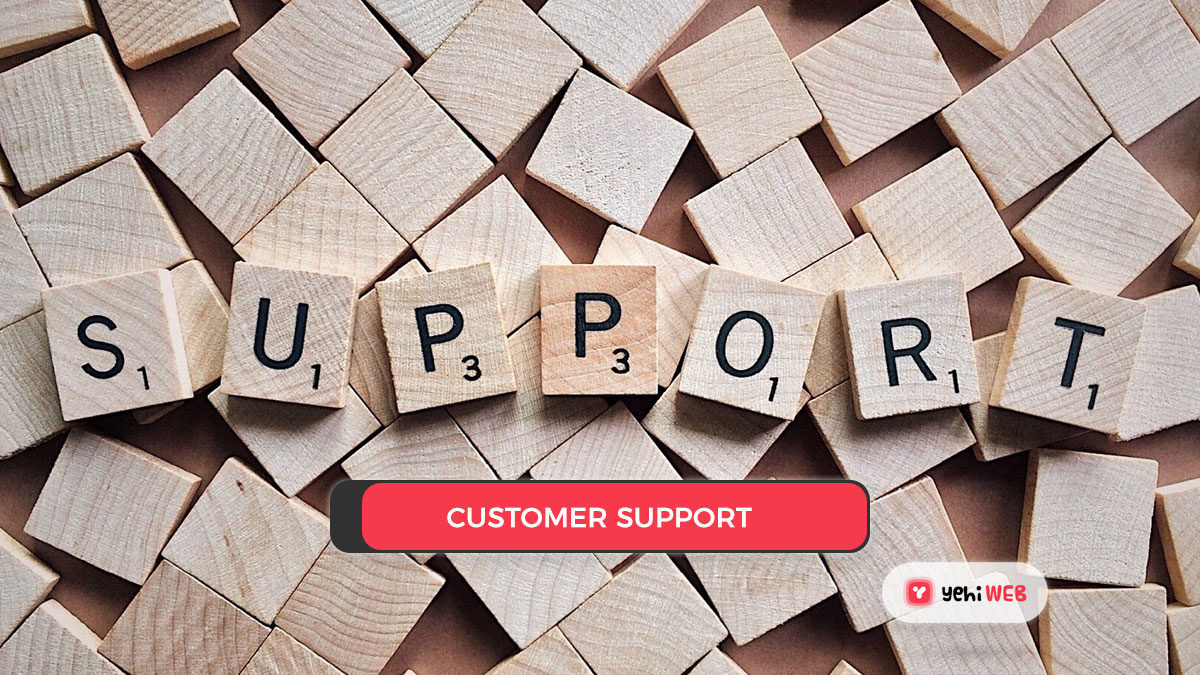Every customer interaction is an opportunity, especially those that arrive in the form of support tickets. Too often, companies view customer support as a cost center—a necessary but undesired function. However, when examined through a strategic lens, support tickets can act as the first signal of emerging user needs, product friction, and innovation potential. By identifying patterns and listening carefully, businesses can transform these seemingly remedial tasks into product growth avenues.
Rethinking the Role of Customer Support
Traditionally, support tickets are processed reactively. A customer reports an issue, and the support team resolves it. But the companies that integrate support into their product development loops gain early access to actionable insights. These companies treat customer feedback not as noise, but as valuable signals that can directly influence feature prioritization and roadmap decisions.
There are multiple ways that support tickets can signal product opportunities:
- Frequent feature requests
- User confusion or usability issues
- Pain points in user onboarding
- Unrealized use cases
- Workarounds that users are creating for missing features
Identifying and acting upon these insights can lead to better product-market fit, improved customer retention, and even entirely new product directions.

The Feedback Loop: Support as a Voice of the Customer
Support teams are often on the front lines of the user experience, hearing about frustrations, misunderstandings, and desires directly from the customers. Although the product and engineering teams may rely on analytics and research, support teams get the raw, narrative-style feedback that doesn’t always surface through numbers.
By applying structured processes to record, categorize, and analyze these tickets, businesses can create a powerful, closed feedback loop that improves both product quality and team alignment. Here’s how to build that loop:
- Tag and categorize tickets: Use consistent tags for feature requests, bugs, and user education issues. Over time, this creates a searchable database of recurring themes.
- Establish communication channels: Ensure that support is in regular contact with product teams through sync meetings or shared dashboards.
- Prioritize based on impact: If a specific issue accounts for a large percentage of support volume, it likely correlates to user friction or broken expectations.
For example, if 20% of tickets revolve around users unable to export reports, it’s not just a support burden—it’s a signal that the report feature may be confusing or insufficient, and it’s potentially hurting user retention.
From Issue to Innovation
Responding to support tickets doesn’t have to be solely about reacting to problems. In many cases, repeated inquiries can form the basis of inspiration for new features or enhancements. Sometimes, customers describe a workaround they employ to achieve a goal that isn’t natively supported in the product. That’s gold dust for product teams.
Case Study: Transforming Feedback into Features
Take the real-world example of a SaaS company offering online scheduling for service providers. Repeated tickets came in over a few months from users asking how to handle team-based scheduling. The product initially focused on individual appointments, but these tickets revealed a growing subset of users working in teams or businesses with multiple staff members.
Rather than brushing off these queries with temporary tips, the product team dug deeper by analyzing related tickets, hosting interviews, and building lightweight prototypes. As a result, they introduced a new “Team Scheduling” feature, which became a top-tier plan option and unlocked a whole new category of customers.
In this case, support tickets didn’t just highlight a bug or confusion—they illuminated a segment of users that the product had not originally targeted, leading to feature expansion and revenue growth.
Building a System to Extract Opportunity from Support
Turning support feedback into product opportunity isn’t a one-off trick—it’s a system that requires coordination across teams. Here’s how forward-thinking businesses do it:
- Integrate tools: Link customer support platforms like Zendesk or Intercom with product management tools like Jira or Productboard, so that feature requests are easy to track and prioritize.
- Define ownership: Assign a product liaison on the support team whose role is to surface and escalate patterns seen in tickets.
- Reward insight: Celebrate team members who identify repeatable issues or ingenious user workarounds, showing that support is a strategic contributor.
- Create visibility: Use dashboards or regular cross-functional meetings to showcase trending support themes to product and engineering leaders.
Benefits Beyond Features
In addition to developing new features or uncovering support gaps, mining support tickets has ripple effects across the organization. It brings shared empathy for users, breaks down silos between support and product teams, and ensures you’re building things people actually want—not just what analytics tell you.
Furthermore, customers notice when their voices are heard. Announcing a new feature that was directly inspired by a common support request boosts credibility and deepens customer trust. It shows that the company is not just listening, but acting.

Conclusion
Support tickets are not just operational tasks; they are untapped wells of qualitative data. By treating them as a key part of the product ecosystem, companies can identify shortcomings, shine light on new opportunities, and bring clarity to what their customers truly value.
The most innovative companies today are the ones that listen—deeply, consistently, and with intent. They don’t just close tickets; they open doors.
Frequently Asked Questions (FAQ)
-
Q: How do I differentiate between a one-off ticket and an actionable trend?
A: Track support tickets over time and categorize them by topic. Once a specific issue or request starts appearing repeatedly, it becomes a trend worth investigating for product development.
-
Q: Should support agents be involved in product roadmap decisions?
A: While they may not make final decisions, support agents provide vital frontline insights. Having a representative from support in product meetings can significantly enrich the decision-making process.
-
Q: What tools can help link customer support with product management?
A: Tools like Zendesk, Intercom, Jira, Productboard, and Notion allow for ticket tagging, feedback repositories, and ticket-to-feature linking. Integration between these tools ensures smoother communication and visibility.
-
Q: How do I turn a support complaint into a feature idea?
A: Start by identifying the underlying problem behind the complaint. Talk to several users facing the same issue to understand their goals, and brainstorm solutions that would eliminate the friction entirely.
-
Q: What’s the risk of ignoring repeated support feedback?
A: Repeated issues can signal growing user dissatisfaction. Ignoring them not only increases churn and lowers retention but also forfeits the chance to address a need your competitors might exploit.
yehiweb
Related posts
New Articles
The Future of SEO Report Template Excel
In the ever-evolving digital landscape, Search Engine Optimization (SEO) remains a cornerstone of online success. But as algorithms grow smarter…


